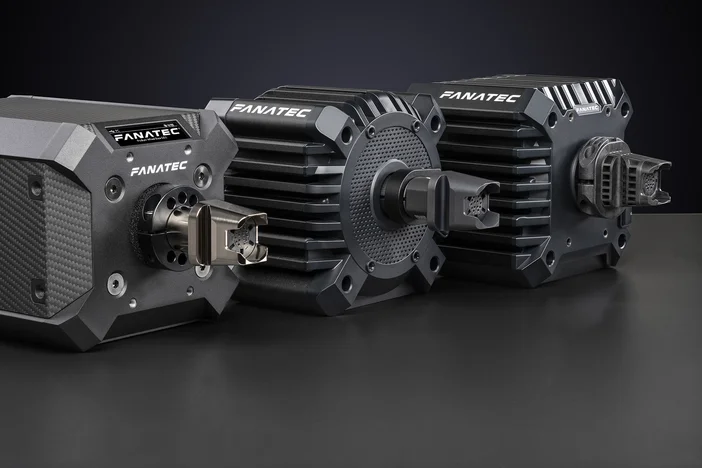When choosing a wheel base and pedals for sim racing, it’s important to understand that while pedal choice affects gameplay, the wheel base is mostly a matter of personal preference. There’s no specific minimum or maximum torque required for any racing game; it’s all about how the force feedback feels and suits your racing style.

Wheel base considerations: finding the right torque level
The force feedback strength of a direct drive wheel base is an important factor in immersion, but it does not necessarily translate to better lap times. Many professional sim racers use moderate torque levels, and even those with high-powered wheel bases often dial them down.
For most players, the sweet spot for force feedback lies between 10-15Nm, as this range provides a great balance between immersion and control. However, 8Nm can also be more than sufficient, especially for those looking for a more budget-friendly option without sacrificing force feedback quality. For example, the CSL DD (8Nm) is a popular choice, offering a good balance between affordability and performance.
Stronger wheel bases, such as the ClubSport DD+ (15Nm), provide additional headroom and detail in force feedback, which some players appreciate for added realism, especially when driving older cars without power steering or rally vehicles. However, modern race cars, like those in GT3 or Formula racing, often have power steering, meaning high torque levels are not necessary for realism.
Ultimately, the best choice depends on personal preference, the type of racing you do, and whether you prioritize immersion over pure practicality.

Pedal choice: matching the setup to the game
Pedals impact performance depending on the game, as different racing disciplines require distinct braking techniques. Here’s how to match pedals to specific games:
- Formula 1 (F1 games) – Since Formula 1 cars use paddle shifters and don’t require a clutch, a two-pedal setup is ideal. Fanatec CSL Elite Pedals V2 are perfect for braking and acceleration precision.
- GT and endurance racing (Gran Turismo, ACC, iRacing GT3) – GT cars, like Formula cars, use paddle shifters, so a two-pedal setup is enough. For long races, load cell or hydraulic brakes are recommended. The CSL Pedals (with or without Load Cell Kit) and the ClubSport Pedals V3 are excellent options for these games, as seen in the Gran Turismo World Series.
- Rally (DiRT Rally, WRC games) – Rally racing requires different driving techniques, and a three-pedal setup with a clutch is ideal for some. However, a two-pedal setup works well too. The Fanatec ClubSport Pedals V3 (with inverted options) are perfect for rally fans seeking precision and durability.

- Classic cars & manual transmissions (Automobilista, older car mods in Assetto Corsa, classic racing games) – A three-pedal setup with a clutch is essential for vehicles with traditional manual transmissions, allowing for heel-and-toe downshifting. The ClubSport Pedals V3 provide the needed authenticity.
Finding the right balance
Sim racing hardware should be chosen based on your preferences and the level of immersion you want, rather than strict game requirements. Pedals influence performance, while the wheel base is about feel and comfort. The best setup for you will depend on your racing style, budget, and desired realism.
PRODUCTS IN ARTICLE